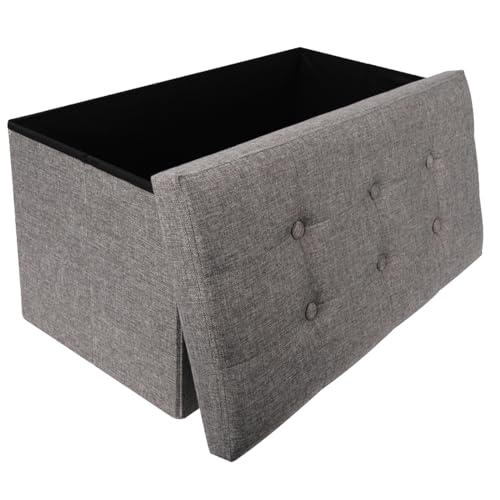Pros and Cons of Ottomans with Legs versus Those Without
When it comes to choosing the right ottoman for your space, you may find yourself debating between options with legs and those without. While both styles can offer functionality and style, there are distinct pros and cons to consider for each. Here, we will explore the advantages and disadvantages of ottomans with legs versus those without, helping you make an informed decision for your home.
Ottomans with Legs: Style and Versatility
Ottomans with legs can add a touch of elegance and sophistication to any room. With various leg styles such as wooden, metal, or even hairpin legs, you have the opportunity to customize your ottoman to fit your décor theme. These legs can also elevate the ottoman off the ground, creating an illusion of space and lightness. Additionally, ottomans with legs tend to have a more versatile design, making it easier to pair them with different furniture pieces and styles.
Ottomans with Legs: Ease of Cleaning
One advantage of ottomans with legs is that they are often easier to clean. Without legs, the bottom of the ottoman may come into direct contact with the floor, making it more susceptible to gathering dust, dirt, and pet hair. With legs, you can easily sweep or vacuum underneath the ottoman, ensuring a cleaner and more hygienic space. This can be especially advantageous for those with allergies or pets.
Ottomans without Legs: Space-Saving
For smaller living spaces, ottomans without legs can be a perfect choice. These ottomans are designed to sit directly on the floor, which can save valuable space in tight quarters. Whether you want to use it for seating, as a footrest, or even as a coffee table, ottomans without legs can easily be placed in any corner without obstructing walkways or creating a cluttered appearance.
Ottomans without Legs: Comfort and Stability
Ottomans without legs typically offer a more stable and stationary seating option. With a flat and wide surface directly on the ground, these ottomans are less likely to wobble or tip over. This can be especially important if you have children or elderly individuals using the ottoman, as it provides a safer seating option. Additionally, ottomans without legs can sometimes offer a more comfortable seating experience, as there are no legs to limit the available surface area.
Conclusion: Consider Your Needs and Preferences
When deciding between an ottoman with legs or without, it ultimately comes down to your personal needs and preferences. Consider factors such as the size of your space, your desired style, and the level of maintenance you are willing to commit to. Ottomans with legs can offer style and versatility but may require more cleaning effort, while ottomans without legs can save space and provide stability but may lack some design options. By carefully evaluating these pros and cons, you can make an informed decision and choose the perfect ottoman for your home.






